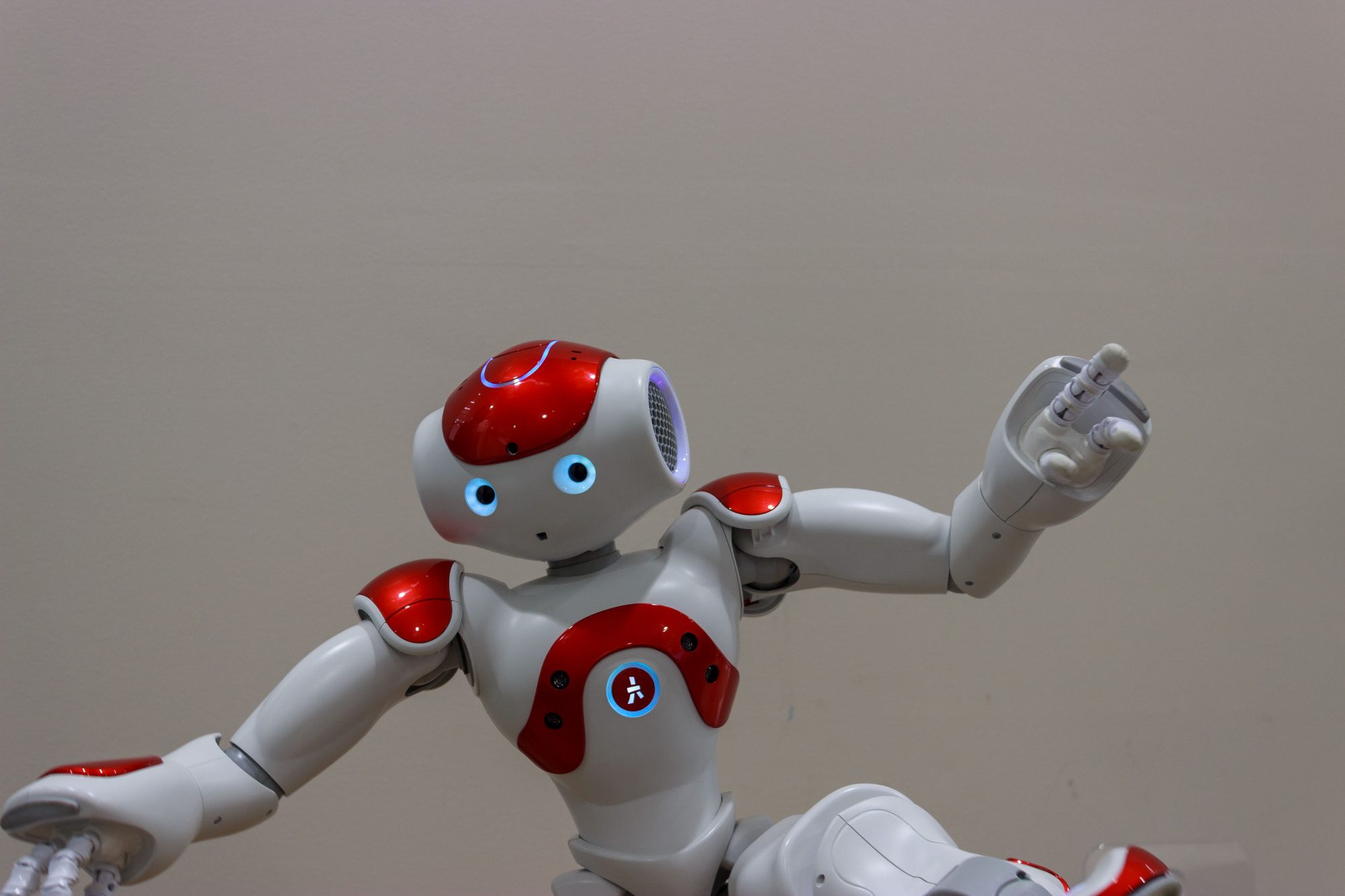The idea of using robots in classrooms to teach our children is unsettling to many people. Fumihide Tanaka of the University of Tsukuba's Department of Intelligent Interaction Technologies, however, uses a technique that cleverly allays fears of robot superiority. He uses robots in the role of novices in the classroom. "Our solutions do not replace humans but help humans to feel, think and act," he says.
Rather than the conventional roles of the robots as the teachers or caretakers of children, in Tanaka's method, this is reversed. The robots are the slow learners and they are taken care of by children. These are a class of robot known as care-receiving robots (CRR). "Our vision is to unlock, actualize, and empower human abilities with the help of these technologies," Tanaka says.
For much of his work, Tanaka uses the Nao robot from SoftBank Robotics, a small humanoid robot at 58 centimeters tall. When the robot joined Japanese children age 3 to 6 learning English, it deliberately made mistakes that could be corrected by the children. Tests showed this method engaged children far better than using tablet software or some other form of technology. Children, more than adults, take very readily to interacting with robots.


















With your current subscription plan you can comment on stories. However, before writing your first comment, please create a display name in the Profile section of your subscriber account page.